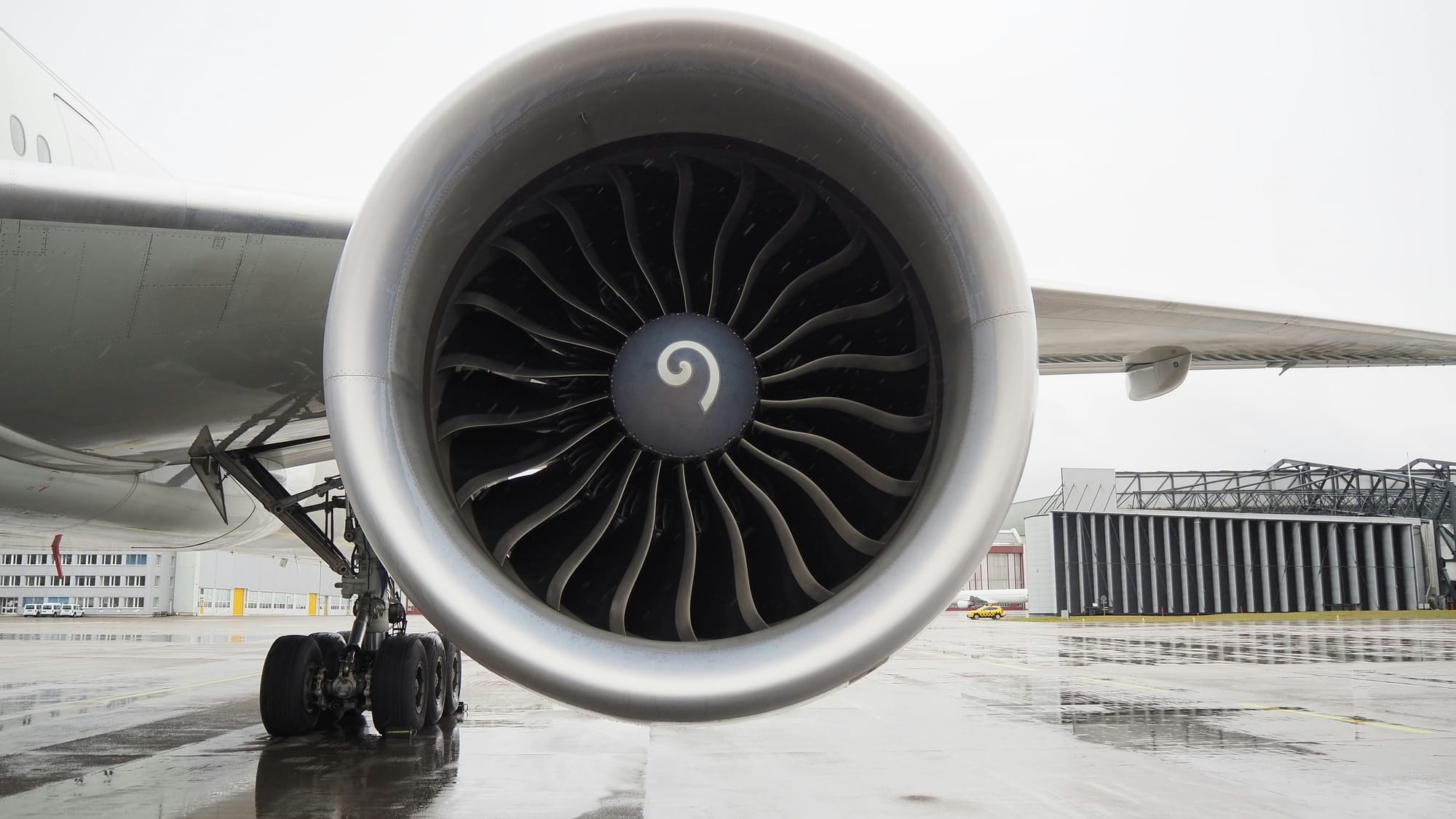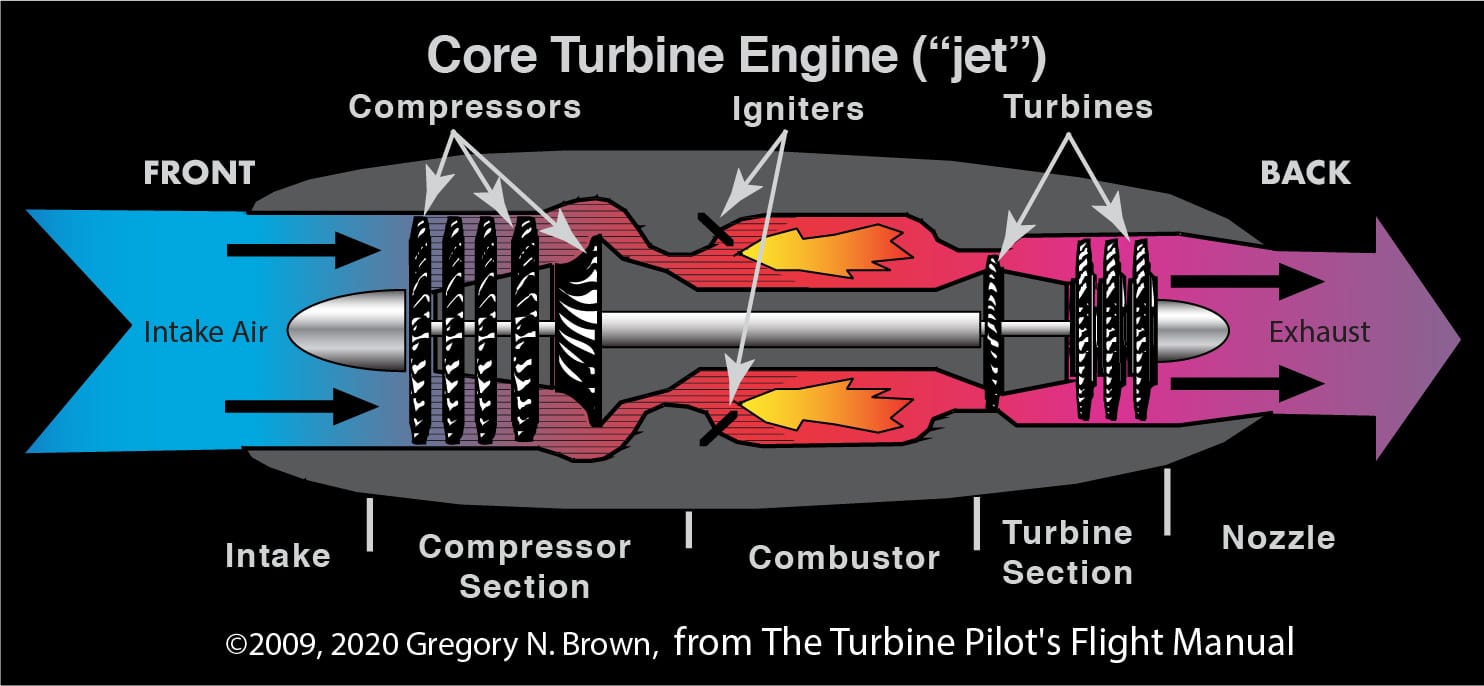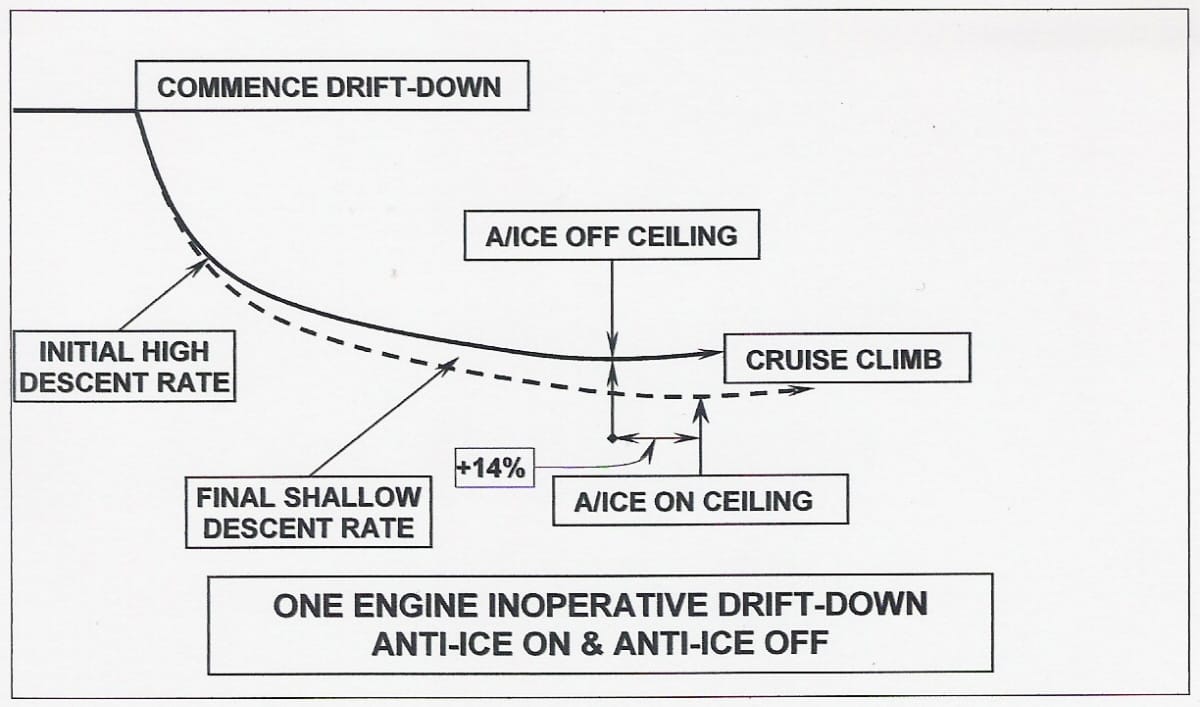How Commercial Jet Engines Can Sustain Flight on One Engine

In the world of aviation, safety is paramount. One of the critical safety features in commercial aviation is the ability of jet engines to sustain flight even if one engine fails. This capability is a testament to the engineering marvels of modern jet engines. It is also a crucial aspect of flight safety, ensuring that passengers and crew can safely reach their destination or divert to a nearby airport in the event of an engine malfunction.
The Engineering Behind Sustained Flight on One Engine

Modern commercial jetliners, such as the Boeing 737 or the Airbus A320, are designed with multiple engines not just for performance but also for redundancy. In the unlikely event that one engine fails, the remaining engine (or engines if it's a three or four engine aircraft) are capable of producing enough thrust to sustain level flight and even climb if necessary, though at a reduced performance level.
Jet engines are incredibly powerful, with each one capable of generating tens of thousands of pounds of thrust. This redundancy means that if one engine fails, the aircraft can continue flying, albeit with adjustments to its flight path and altitude. Pilots are trained extensively to handle such situations, ensuring that they can maintain control of the aircraft and follow established procedures to reach a safe outcome.
Drifting Down to a Safe Altitude
One of the critical procedures in the event of an engine failure is known as “drift down.” Drift down is a controlled descent to a lower altitude where the aircraft can maintain level flight with the reduced power available from the remaining engine.

Here's how it works:
- Initial Response: Upon detecting an engine failure, the pilots will stabilize the aircraft, confirm the failure, and begin the drift-down procedure. This involves reducing altitude to find a level where the aircraft can sustain flight with the available thrust.
- Optimal Altitude: The optimal drift-down altitude is the height at which the aircraft can maintain level flight on the remaining engine. This altitude is lower than the cruise altitude because the reduced thrust cannot support the same height and speed as two engines.
- Fuel Efficiency and Safety: Descending to the optimal drift-down altitude ensures that the aircraft remains within safe operational limits, preserving fuel efficiency and maintaining control. It also allows the aircraft to continue towards its destination or a suitable alternate airport for an emergency landing.
Safety Features and Redundancies
The ability to drift down is just one of the many safety features built into commercial aircraft. Others include:
- Engine Isolation: Engines are designed to be isolated from each other, so a failure in one does not affect the other. This includes fire suppression systems and independent fuel lines.
- Dual Systems: Critical systems such as hydraulics, electrics, and flight controls have redundant backups to ensure functionality even if one system fails.
- Pilot Training: Pilots undergo rigorous training to handle engine failures, including simulator training that replicates engine-out scenarios. This ensures they are well-prepared to manage real-life emergencies.
Final Thoughts
The capability of commercial jet engines to sustain flight on one engine, combined with the drift-down procedure, exemplifies the aviation industry's commitment to safety. These features ensure that even in the rare event of an engine failure, the aircraft can continue to fly safely, allowing pilots to execute a controlled descent and reach an appropriate landing site. This redundancy and the rigorous training of pilots are key reasons why air travel remains one of the safest modes of transportation in the world.





